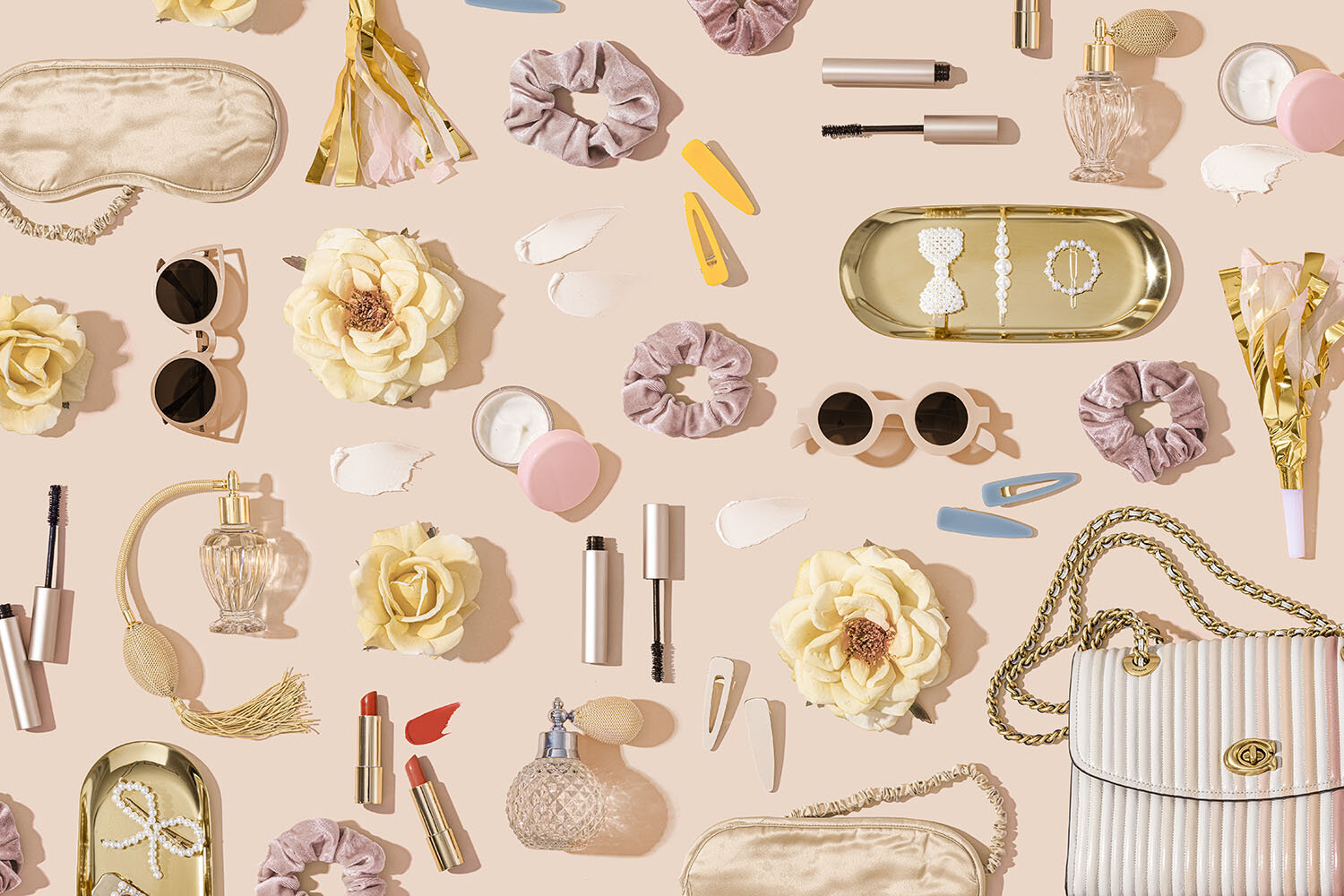Build An Exclusive Brand Without Actually Excluding Anybody
From Chanel to Versace, exclusive brands ooze elegance, making them well-known and desirable worldwide. But, exclusivity can also be unappealing for one obvious reason – it can be exclusionary.
For brands hoping to make the biggest splash, that doesn’t seem overly desirable. If you go about targeting only a small, exclusive niche, how can you ensure maximum success?
It’s an age-old dilemma. In reality, though, there will always be a market for exclusive, luxury brands. To become one, you simply need to consider the following ways to achieve an exclusive feel, without leaving anyone out in the cold.
Animated Canva Template by Shamblen Studios
Build a strong (luxury) brand identity
When you think about any luxury label, you likely think of their logo. This is because exclusivity begins with branding. And, how do you create an exclusive brand? You make it iconic, and prove in the simplest ways why your brand is exemplary compared to others.
A strong logo and tagline is, obviously, key, and should go some way towards catching consumer eyes, and proving why your product is unique (e.g. ‘It’s not just food, it’s M&S Food). Equally, exclusive brands provide excellence throughout the customer service journey, complete with shopper discounts, additional services like gift wrapping or personal shopping, and even greeters of the doors of physical stores. Granted these are all extra considerations, but they’ll prove that you’re a luxury brand to watch and, when you offer them to all shoppers without hesitation, ensure that exclusive never needs to mean exclusionary.
Create affordable exemplary products
Touches like hand-finished elements and luxury materials can create exemplary products with high price tags. This is luxury branding 101, but it can also leave your products unattainable for a lot of people. Luckily, there are steps you can take to create more affordable exemplary products that still tick all of those luxury brand boxes.
For one thing, simply putting more time into your manufacturing thought processes can help you to create a better product using the best machines and the least material waste possible. All of which will help to cut costs. Equally, additional elements like satin clothing labels, extra pockets, and multiple materials needn’t necessarily cost you the earth but can make a product look far more valuable.
Honesty is also key. If your products are notably cheaper than most luxury brands, consumers will naturally assume you’ve cut corners. Let them know how you’re keeping your costs down (reducing waste, etc.) so that they always know your products are exclusive, even if your prices aren’t.
Image by Amy Shamblen
Ensure an element of scarcity
In a lot of ways, you could argue that the higher price points of luxury items are what lend them their exclusivity in the first place. So, there is some risk of losing your desired exclusive angle when you slash costs. That’s why you’ll want to look to alternative ways to achieve that exclusive, must-have feeling.
The element of scarcity is an age-old tactic for luxury brands like Hermes, whose six-year wait for their iconic Birkin bag is now iconic. This scarcity is achieved by limiting production runs of individual products. This could be a forever thing, such as with a limited-edition product, or could mean that you only produce limited numbers of an item each time. Equally, if you wanted to stick to production norms, you can create exclusive scarcity using limited-time offers and discounts.
When shoppers see these time frames, they’ll feel far more pushed to buy a product that inherently seems more valuable. All without you needing to price anyone out to achieve that hype.
Relish in a rich heritage
In many ways, the rich heritage of luxury brands like Chanel is where their exclusivity begins. After all, no other brand has a history that stretches back to 1883 and includes the iconic Coco Chanel. Within your market niche, your brand’s heritage will be a true point of differentiation and could go a long way towards marking the outstanding quality of your products or processes.
Admittedly, the fact that you’re working to build your brand now means that you probably don’t have a Chanel-worthy heritage to play on, but there are ways around this. Has your business previously existed in another guise? Do your team members harness unique skills that they’ve developed over their lifetimes? If yes, then a focus on these things is all it takes to build an exclusive brand with a quality history.
Exclusionary exclusivity is quickly losing its marketplace. Use these tips to create an eye-catching brand that makes room for everyone.


